-
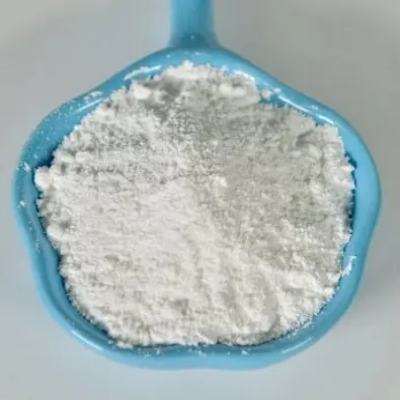
Vegan L-Leucine CAS:61-90-5
Vegan L-Leucine is a plant-based essential amino acid crucial for protein synthesis and muscle repair. It serves as a dietary supplement to support muscle growth, recovery, and overall physical performance.
-
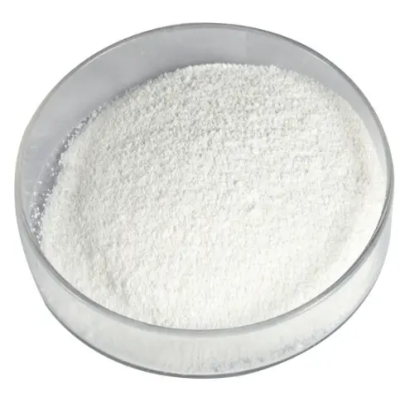
Vegan L-Isoleucine CAS:73-32-5
Vegan L-Isoleucine is a plant-based essential amino acid that plays a critical role in protein synthesis and muscle metabolism. It serves as a dietary supplement to support muscle recovery, endurance, and overall physical performance.
-
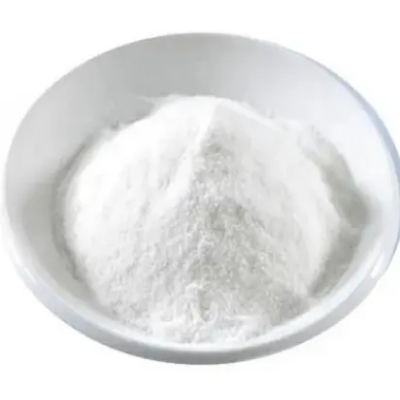
Vegan L-Histidine CAS:71-00-1
Vegan L-Histidine is a plant-based essential amino acid crucial for protein synthesis and histamine production. It serves as a dietary supplement to support overall immune function and the maintenance of healthy tissues.
-
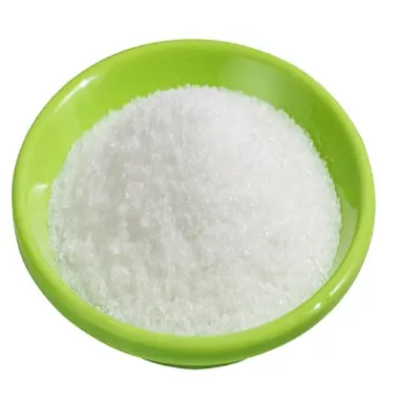
Vegan L-Glutamine CAS:56-85-9
Vegan L-Glutamine is a plant-based amino acid that plays a crucial role in supporting muscle recovery and immune system function. It is commonly used as a dietary supplement for athletes and individuals seeking to promote exercise recovery and overall well-being.
-
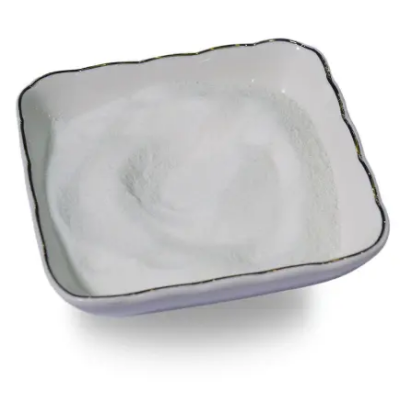
Vegan L-Citrulline Malate CAS:54940-97-5
Vegan L-Citrulline Malate is a plant-based amino acid compound that combines L-Citrulline with malic acid. It is commonly used as a dietary supplement to support exercise performance and overall cardiovascular health.
-
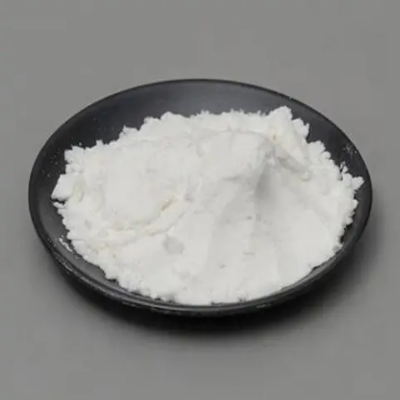
Vegan L-Citrulline CAS:372-75-8
Vegan L-Citrulline is a non-animal-derived amino acid that supports nitric oxide production in the body. It can be used as a dietary supplement to promote circulation and cardiovascular health.
-

Octadecyl amine CAS:124-30-1
Introducing Octadecyl Amine, a versatile compound widely utilized in numerous industrial applications. Derived from the alkylamines group, this chemical exhibits exceptional surfactant and emulsifying properties. Known for its high purity and stability, Octadecyl Amine serves as a valuable ingredient in various formulations across industries, offering reliability and high-performance characteristics.
-
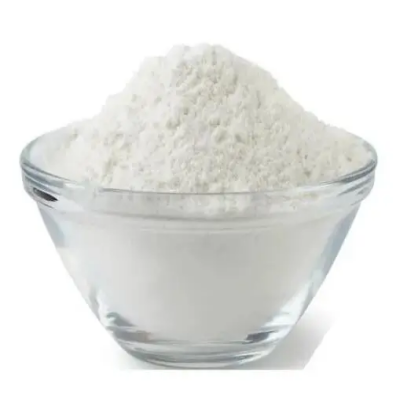
Amines, di-C16-22-alkyl CAS:68439-74-7
Introducing Amines, di-C16-22-alkyl, a versatile and high-performance ingredient widely utilized in various industrial applications. This compound, derived from C16-22 fatty acids, exhibits exceptional surface-active properties, making it an ideal choice for formulations requiring emulsification, corrosion inhibition, and antistatic characteristics. Amines, di-C16-22-alkyl’s molecular structure enables it to deliver superior performance in diverse formulations while meeting stringent quality standards.
-
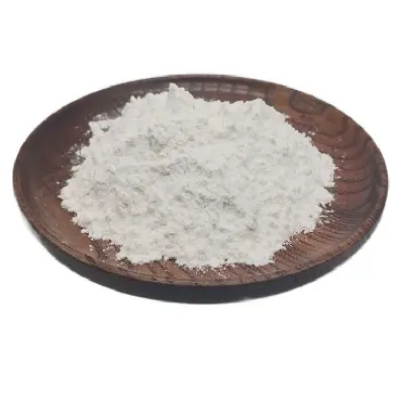
C16-C22 mixed amine CAS:68439-74-7
Introducing C16-C22 mixed amine, a versatile compound with a diverse range of industrial applications. Derived from a blend of alkylamines, this chemical exhibits excellent surfactant and emulsifying properties. Known for its high purity and stability, C16-C22 mixed amine is valued for its ability to enhance the performance of various formulations across industries.
-

oleamine CAS:301-02-0
Introducing Oleamine, a versatile and sustainable ingredient used in various industries. Derived from natural sources, Oleamine is known for its exceptional emulsifying, conditioning, and surfactant properties. With its unique chemical structure, it offers superior performance in personal care products, household cleaners, industrial applications, and more. Oleamine’s environmentally friendly profile makes it an ideal choice for formulators seeking high-performance solutions with minimal ecological impact.
-

Tallow amine, hydrogenated tallow-alkyl CAS:61788-45-2
Tallow amine, hydrogenated tallow-alkyl, is derived from hydrogenated tallow and amines, featuring cationic surfactant properties and multifunctional capabilities. This versatile compound finds applications across various industries due to its emulsifying, conditioning, and corrosion inhibition characteristics.
-

tallowamine CAS:61788-45-2
Tallowamine is a versatile compound derived from tallow and amines, known for its amphiphilic nature and surfactant properties. With excellent emulsifying, wetting, and corrosion inhibition capabilities, this compound finds diverse applications across industries such as agriculture, personal care, and industrial formulations.

